International treasure: Chandigarh's Capitol Complex joins the UNESCO World Heritage list
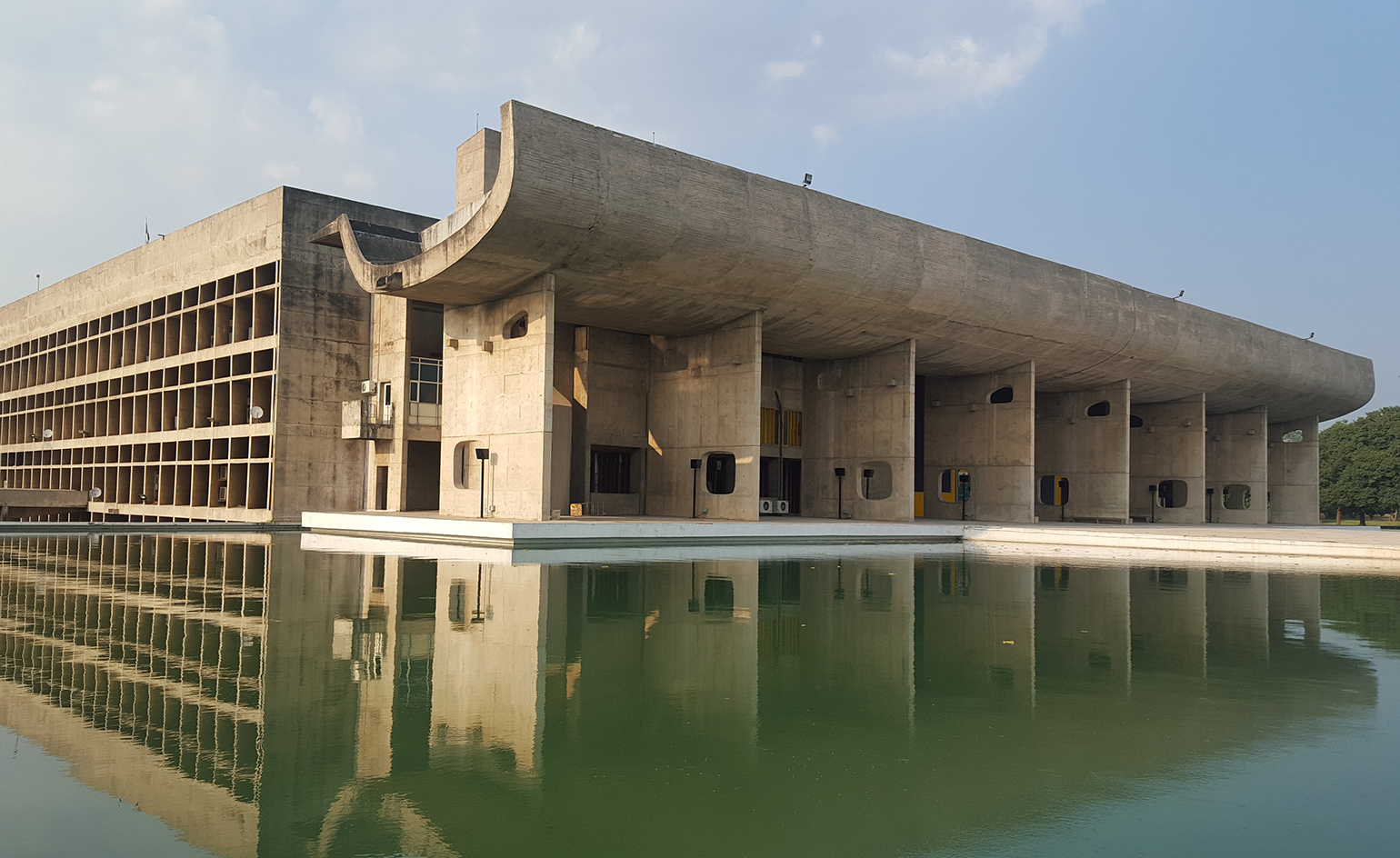
The World Heritage Committee – in its 40th session, held at Istanbul, Turkey, earlier this month – has accepted the transnational serial nomination of 17 sites designed by the Swiss-French architect Le Corbusier. A first of its kind global nomination from seven countries spread over three continents, the dossier features sites that were implemented over a period of 50 years.
The Capitol Complex in Chandigarh, India, is considered as one of the most significant pieces of the architect’s realised body of works, commissioned in the course of what Le Corbusier referred to as ‘patient research’. It demonstrates Corbu's ‘five points’ as well as the ideas of the Ville Radieuse and Athens Charter that encapsulate his practice ideology. The Capitol Complex includes three buildings – the Punjab and Haryana High Court, the Palace of Assembly, and the Secretariat, as well as the Open Hand Monument, interspersed with water bodies and few other smaller structures.
Chandigarh was conceived in 1951 as the new capital of the state of Punjab, after the 1947 partition that led to the creation of Pakistan. The coveted UNESCO status should bring with it a renewed energy for the city, to conserve its exposed concrete edifices, as well as to expand and evolve the narrative of its modernist legacy, to resonate with the idea of contemporary India.
The other Corbu-designed sites of the nomination include the National Museum of Western Art, Tokyo; the Curutchet House in La Plata, Argentina; and Marseille's Unité d’habitation, arguably one of the most influential brutalist buildings of all time. There are also sites in Belgium, Germany and Switzerland. ‘These masterpieces of creative genius also attest to the internationalisation of architectural practice across the planet,’ states UNESCO.
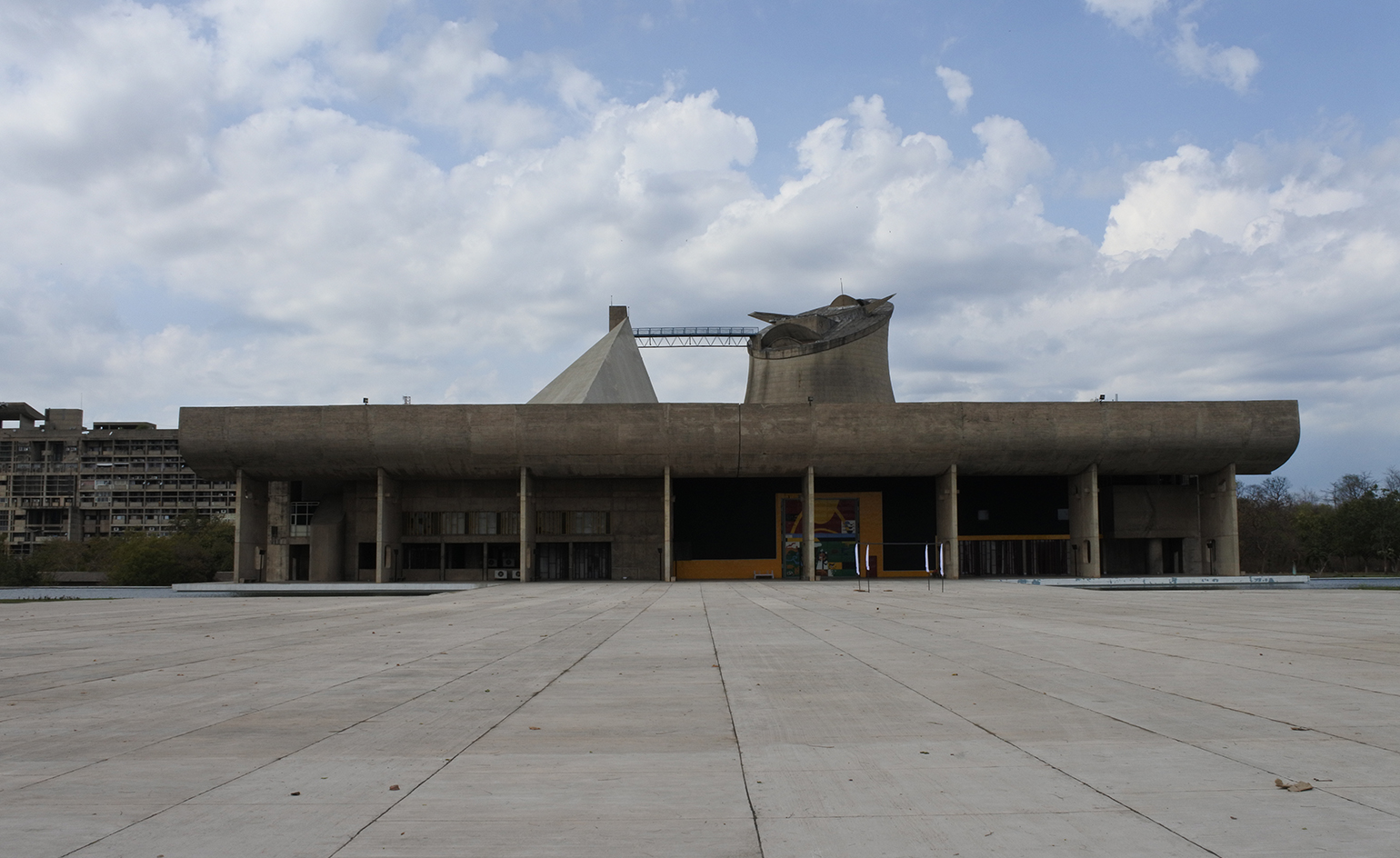
The complex comprises three buildings – the Punjab and Haryana High Court, the Palace of Assembly, and the Secretariat, as well as three monuments.
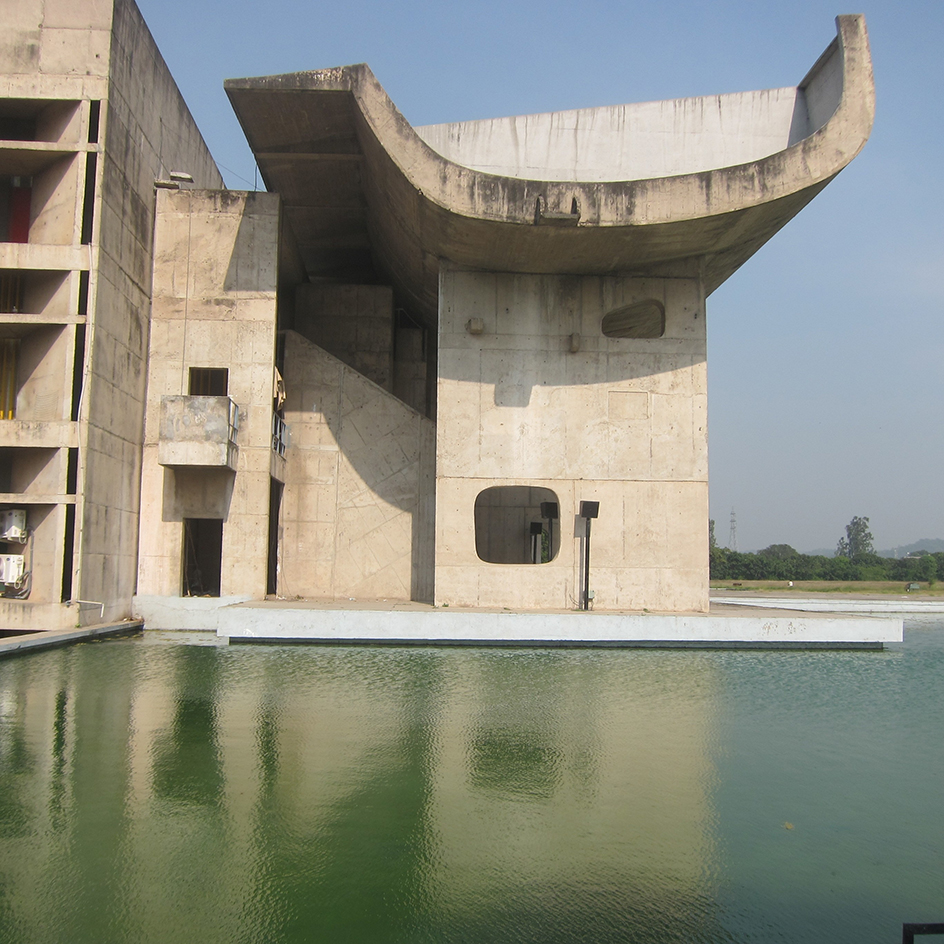
The Assembly building, surrounded by water on one side, is a totemic work in Corbu’s oeuvre. Courtesy of FLC/ADAGP
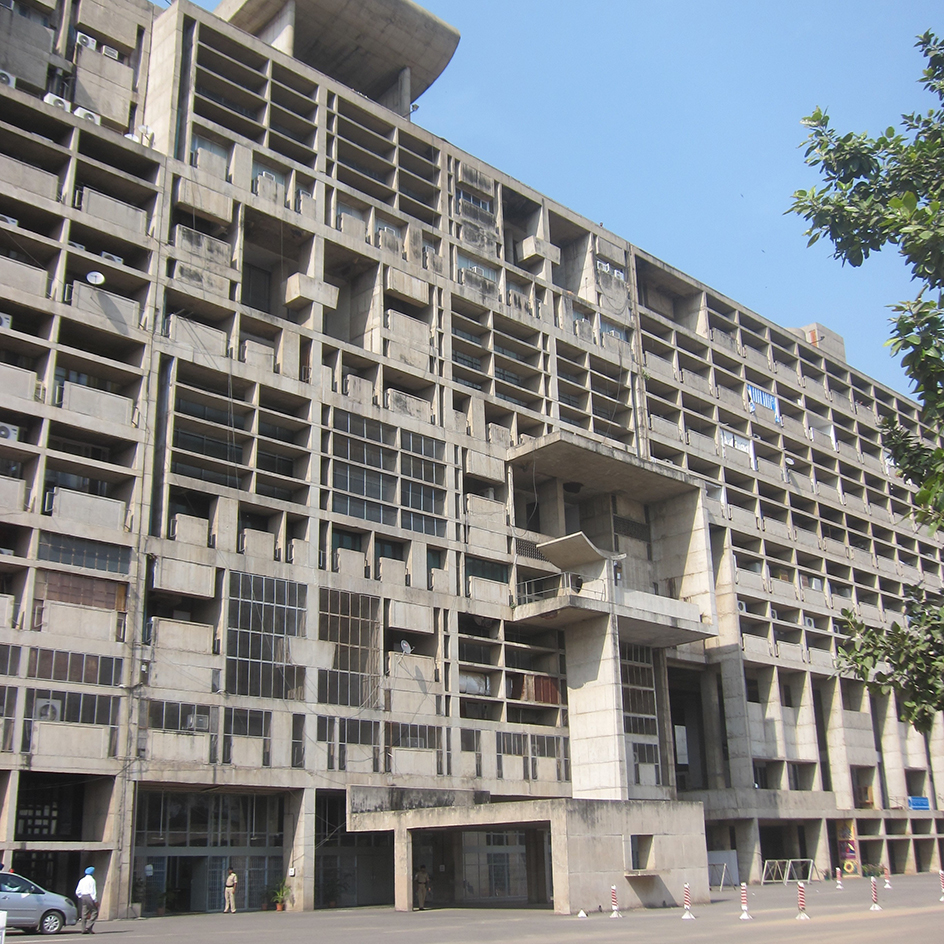
The Secretariat ’s long and horizontal form spans eight concrete levels. Courtesy of FLC/ADAGP
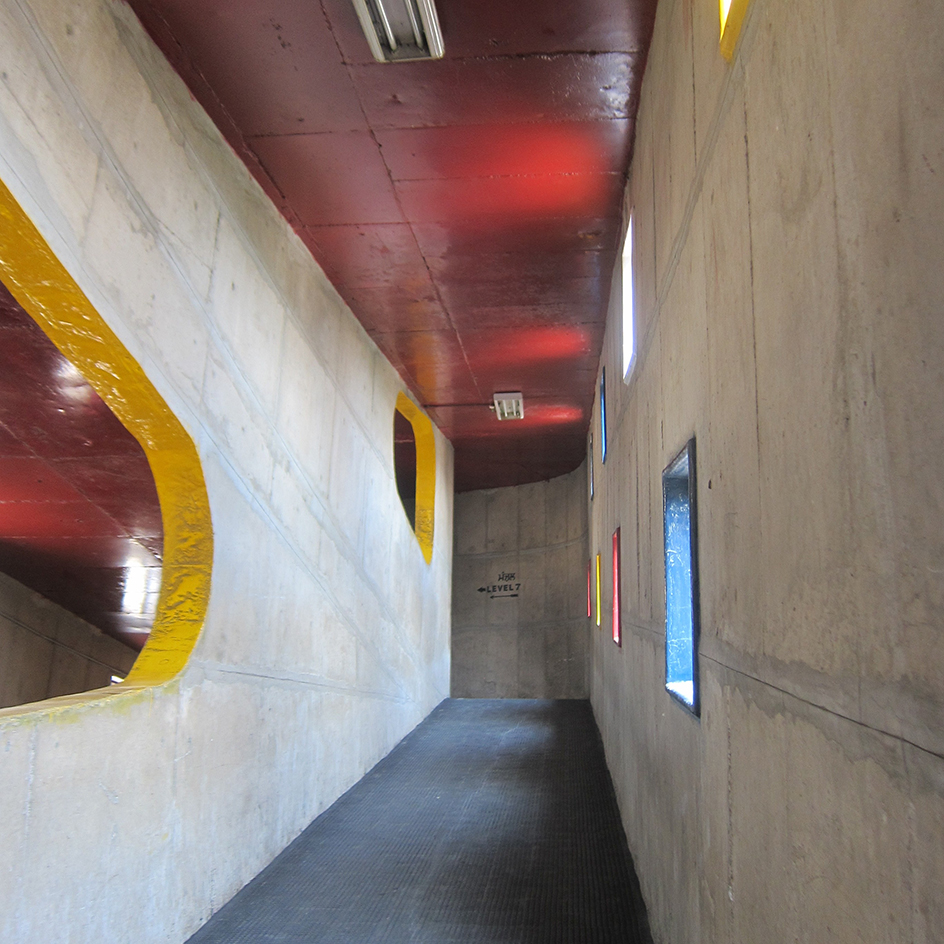
The High Court is the Complex’s third member, completed in 1956. Courtesy of FLC/ADAGP
INFORMATION
For more information, visit the UNESCO website
Receive our daily digest of inspiration, escapism and design stories from around the world direct to your inbox.
-
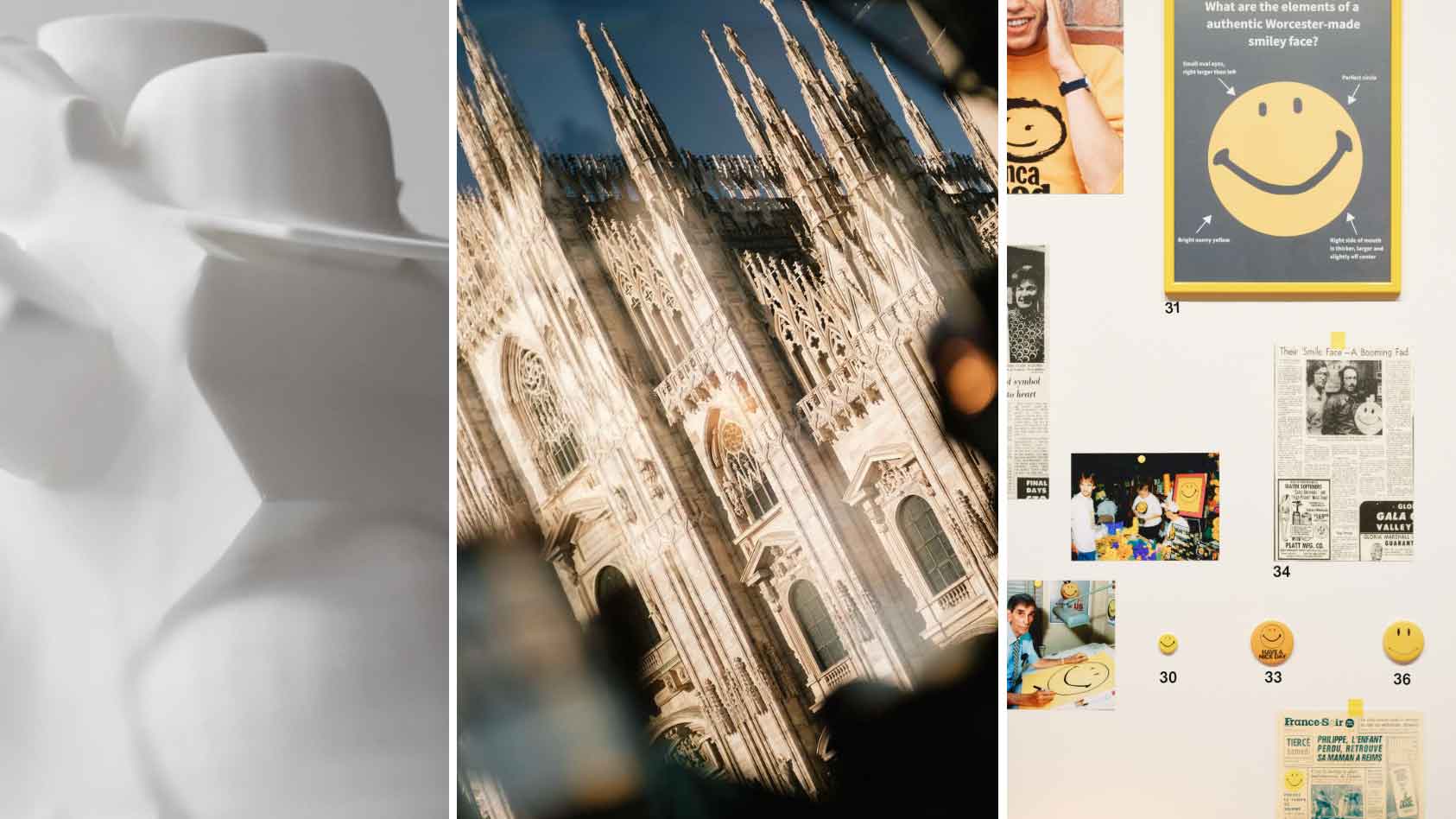 We asked six creative leaders to tell us their design predictions for the year ahead
We asked six creative leaders to tell us their design predictions for the year aheadWhat will be the trends shaping the design world in 2026? Six creative leaders share their creative predictions for next year, alongside some wise advice: be present, connect, embrace AI
-
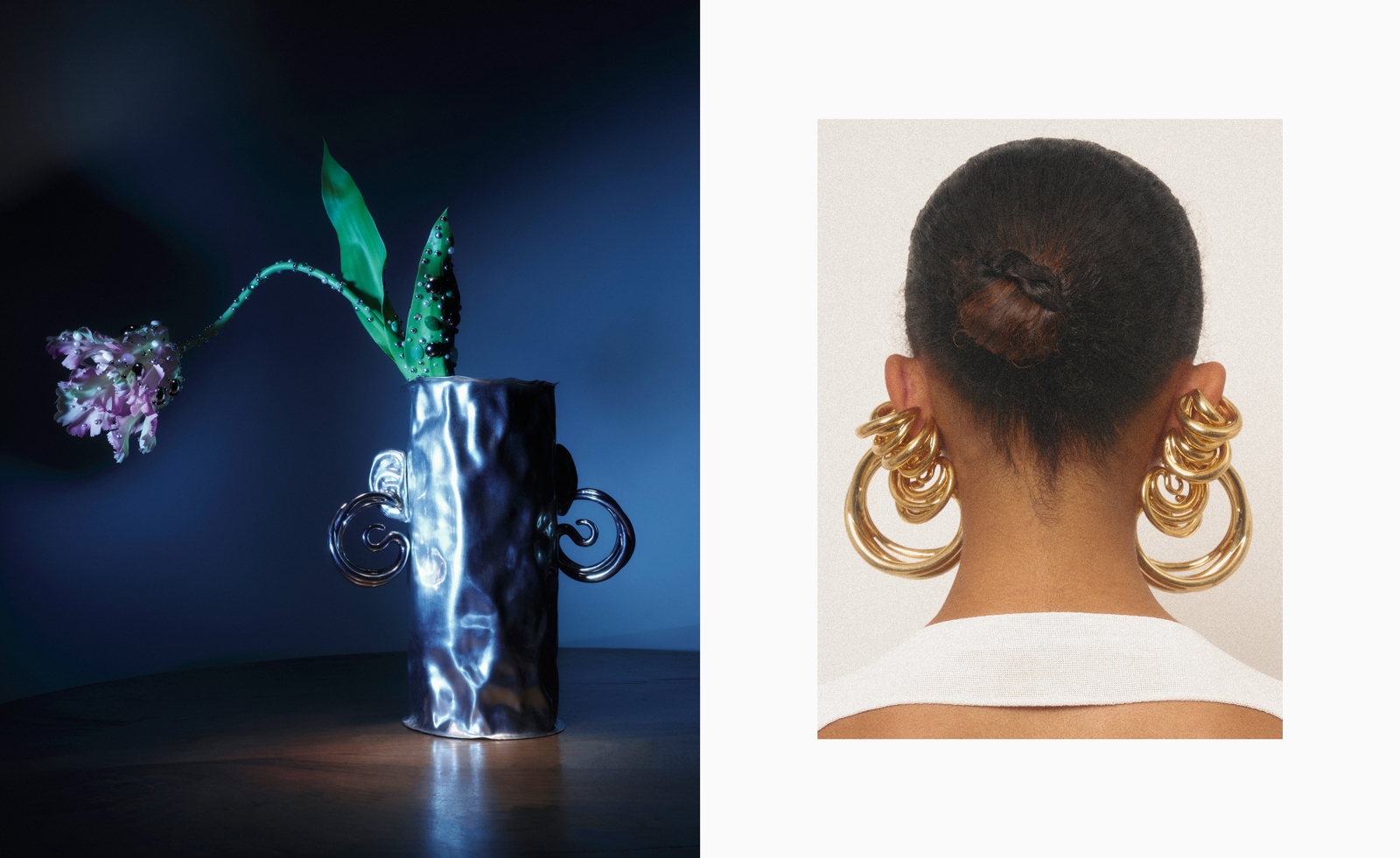 10 watch and jewellery moments that dazzled us in 2025
10 watch and jewellery moments that dazzled us in 2025From unexpected watch collaborations to eclectic materials and offbeat designs, here are the watch and jewellery moments we enjoyed this year
-
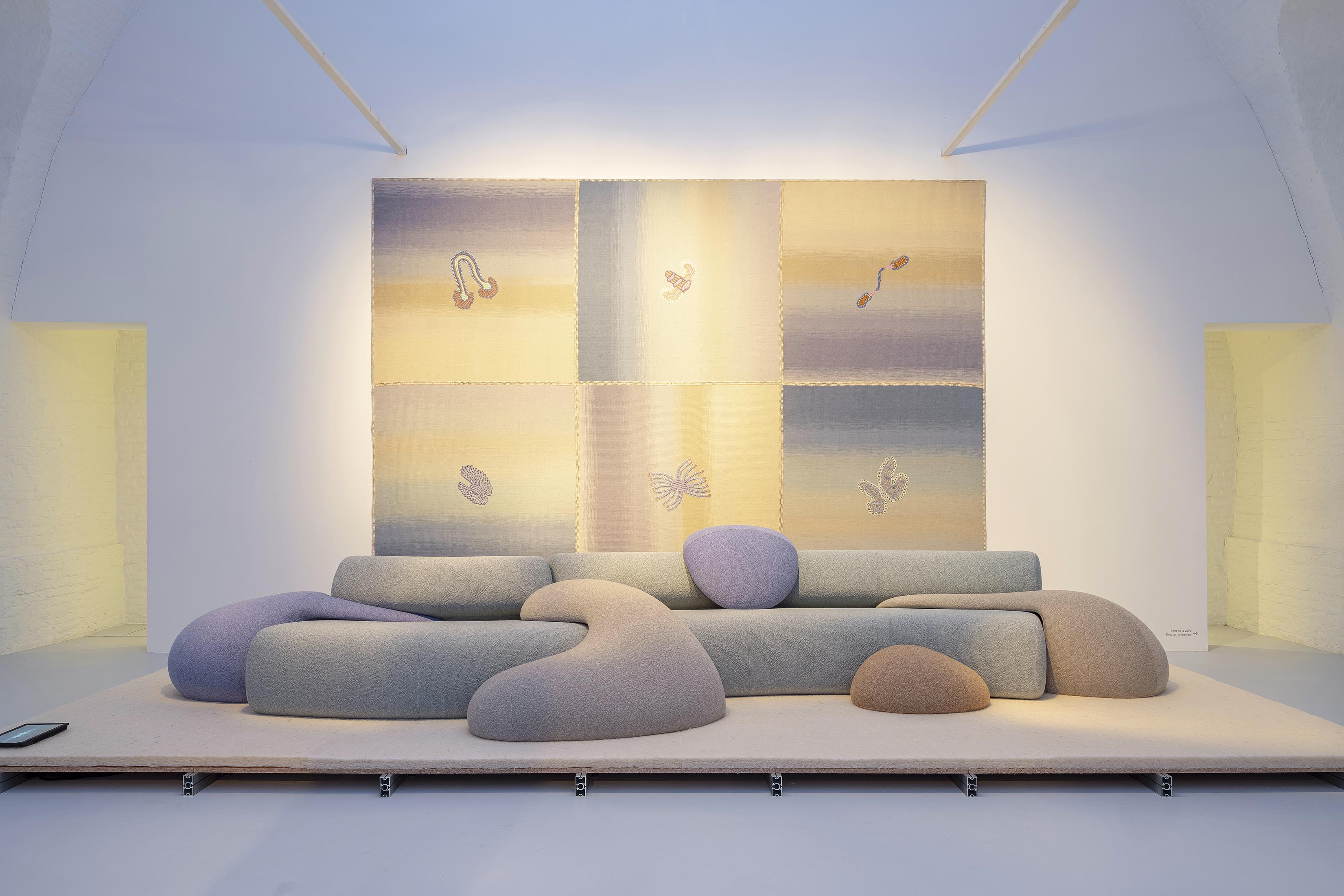 Patricia Urquiola reveals an imaginative inner world in ‘Meta-Morphosa’
Patricia Urquiola reveals an imaginative inner world in ‘Meta-Morphosa’From hybrid creatures and marine motifs to experimental materials and textiles, Meta-Morphosa presents a concentrated view of Patricia Urquiola’s recent work
-
 A day in Ahmedabad – tour the Indian city’s captivating architecture
A day in Ahmedabad – tour the Indian city’s captivating architectureIndia’s Ahmedabad has a thriving architecture scene and a rich legacy; architect, writer and photographer Nipun Prabhakar shares his tips for the perfect tour
-
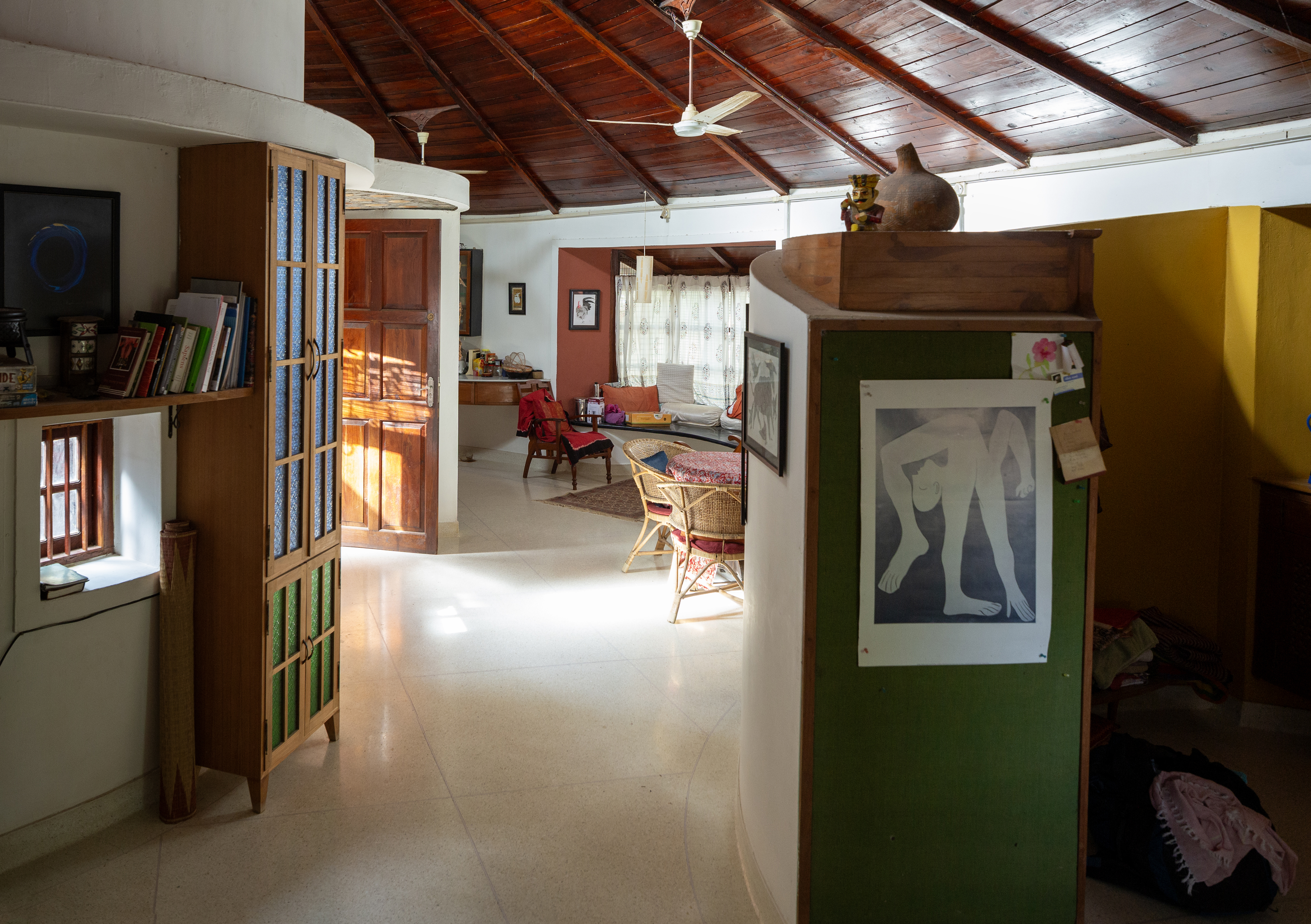 Inside a creative couple's magical, circular Indian home, 'like a fruit'
Inside a creative couple's magical, circular Indian home, 'like a fruit'We paid a visit to architect Sandeep Virmani and social activist Sushma Iyengar at their circular home in Bhuj, India; architect, writer and photographer Nipun Prabhakar tells the story
-
 The Architecture Edit: Wallpaper’s houses of the month
The Architecture Edit: Wallpaper’s houses of the monthFrom wineries-turned-music studios to fire-resistant holiday homes, these are the properties that have most impressed the Wallpaper* editors this month
-
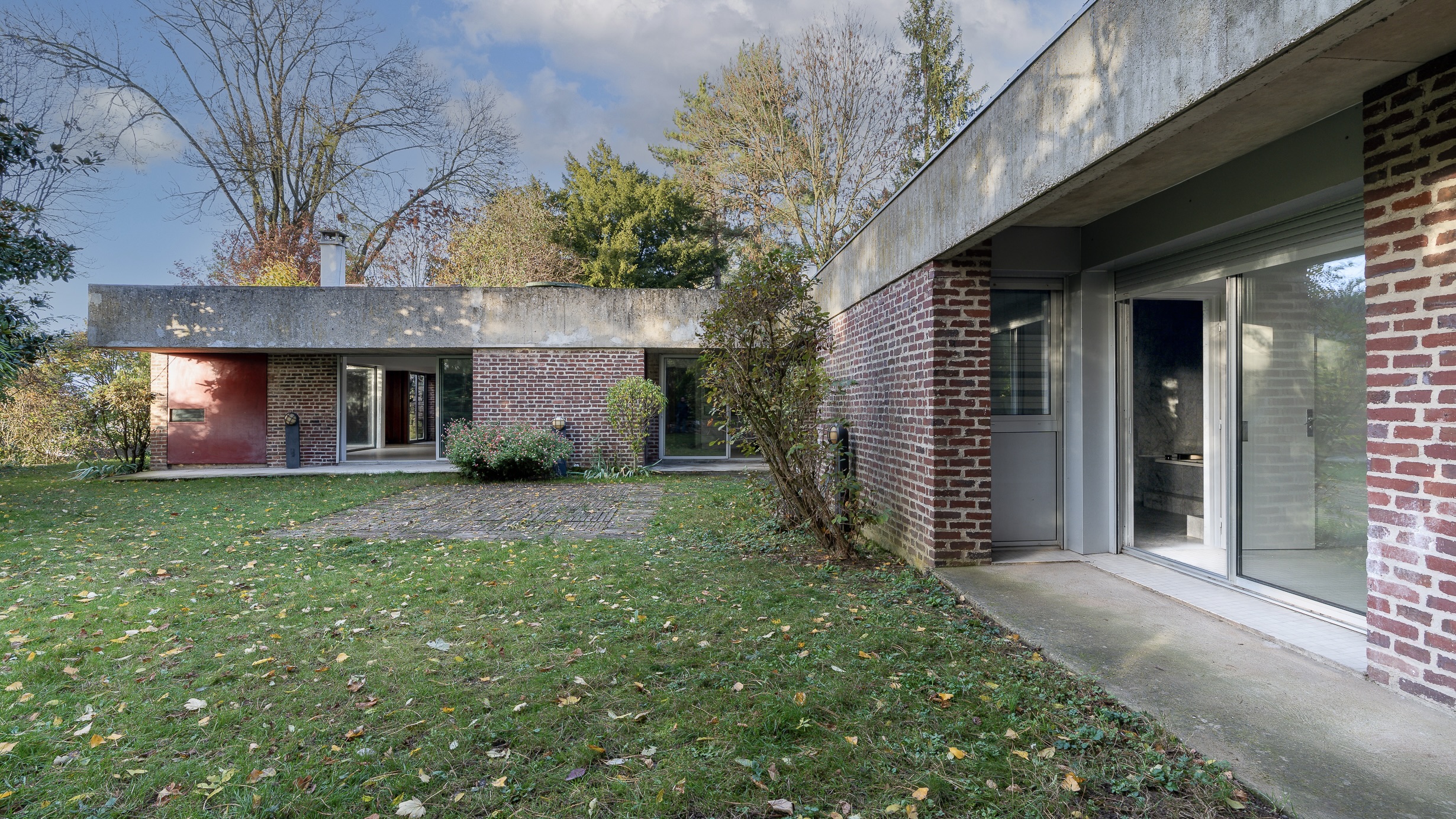 This modernist home, designed by a disciple of Le Corbusier, is on the market
This modernist home, designed by a disciple of Le Corbusier, is on the marketAndré Wogenscky was a long-time collaborator and chief assistant of Le Corbusier; he built this home, a case study for post-war modernism, in 1957
-
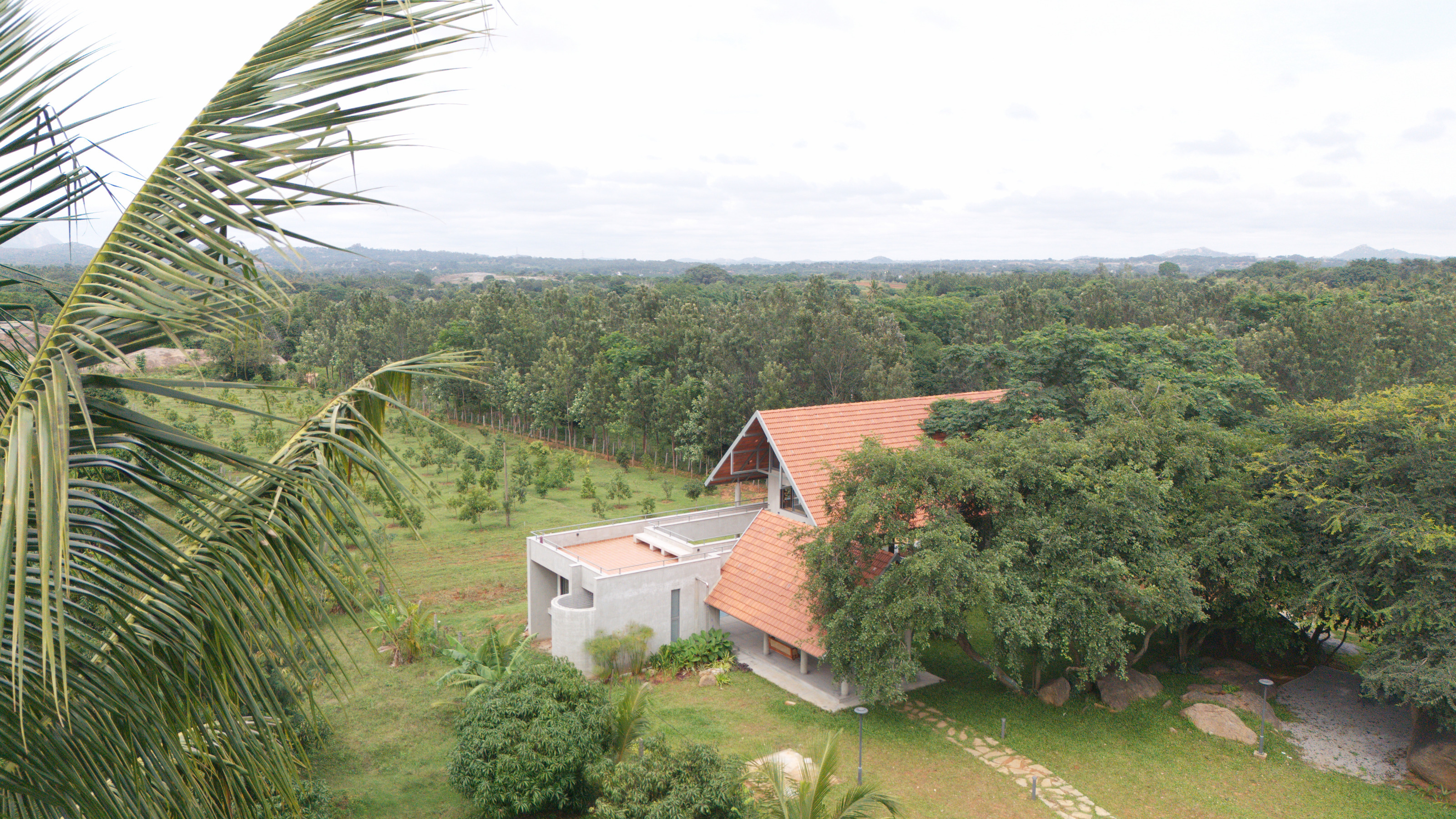 A refined Indian country residence reimagines the farmhouse
A refined Indian country residence reimagines the farmhouseSet among Karnataka’s rolling fields and forest, House by the Grove by Taliesyn Design & Architecture combines modern materials with an open approach to the elements
-
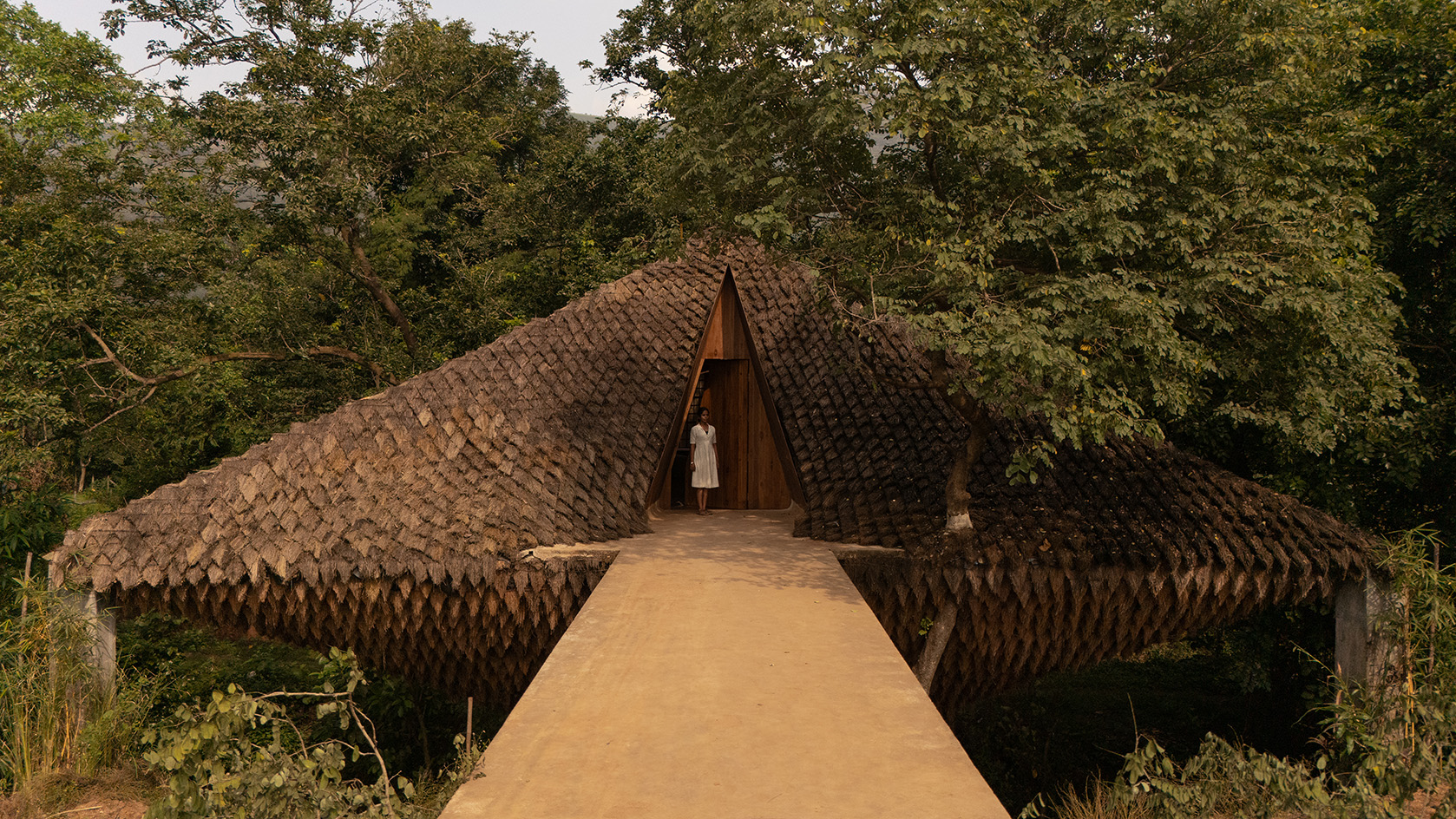 Half bridge, half home: Wallmakers’ latest project takes architecture to daring new heights
Half bridge, half home: Wallmakers’ latest project takes architecture to daring new heightsHovering above a forest stream in Maharashtra, Bridge House pushes the limits of engineering and eco-conscious design
-
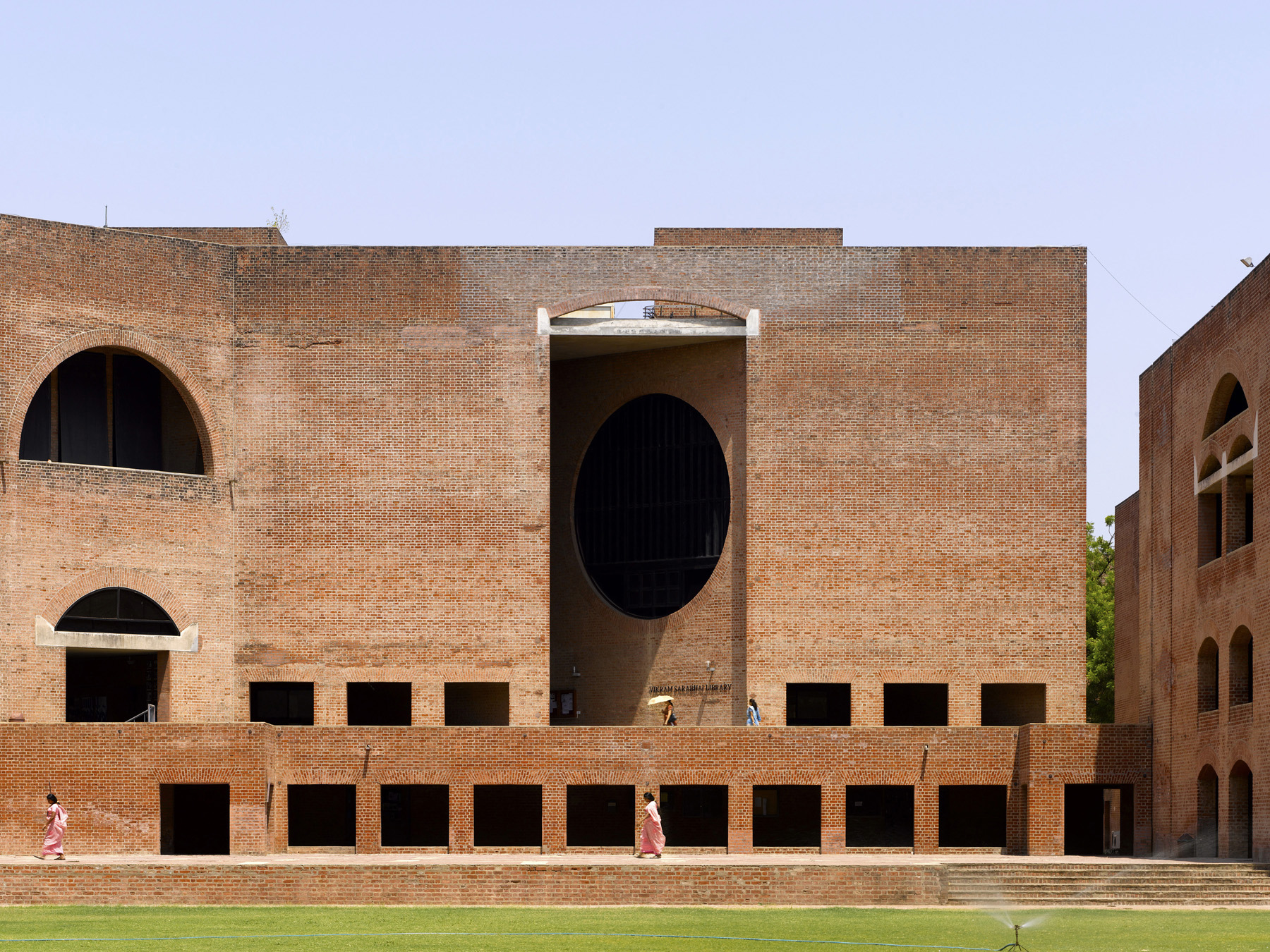 Louis Kahn, the modernist architect and the man behind the myth
Louis Kahn, the modernist architect and the man behind the mythWe chart the life and work of Louis Kahn, one of the 20th century’s most prominent modernists and a revered professional; yet his personal life meant he was also an architectural enigma
-
 The Architecture Edit: Wallpaper’s houses of the month
The Architecture Edit: Wallpaper’s houses of the monthFrom Malibu beach pads to cosy cabins blanketed in snow, Wallpaper* has featured some incredible homes this month. We profile our favourites below